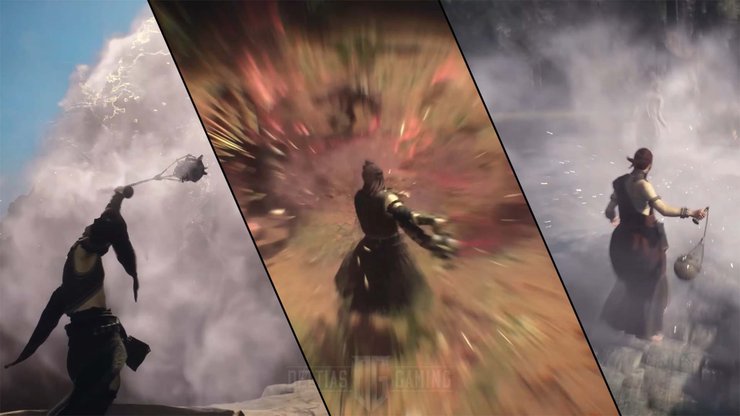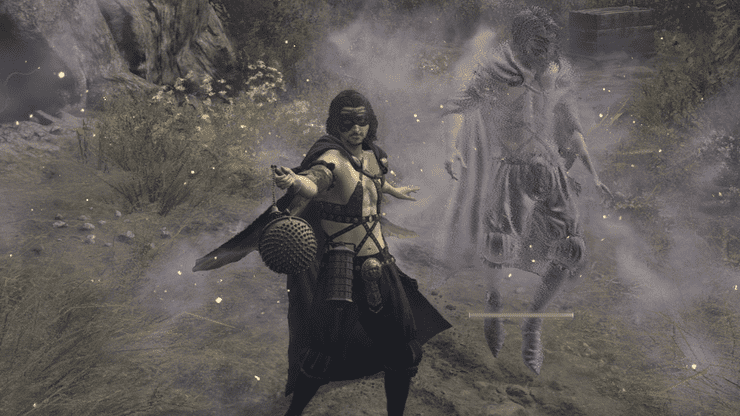In Dragon's Dogma 2, the new vocations mostly follow the patterns set by the first game, but the Trickster class stands out with a unique design rarely seen in other RPGs. Players can choose from the usual Thief, Warrior, and Mage classes, as well as more specialized subclasses. The Trickster in Dragon's Dogma 2, for instance, is a summoner that relies on illusions to confuse enemies during combat. However, since it lacks significant offensive capabilities, some players have found the Trickster's role as a crowd-controlling tank to be disappointing.
Dragon's Dogma 2 features a classic RPG party setup, but it diverges from convention with the inclusion of the Pawn system. These companions, being emotionless spirits rather than fully fleshed-out characters, serve primarily as interchangeable support. Nonetheless, the Trickster distinguishes itself by assuming a supportive role for its Pawns, leading to a unique but occasionally underwhelming experience when contrasted with the more dynamic playstyles of other vocations.

Pawn Intervention: A Key Component in Dragon's Dogma 2 Trickster Builds
The Core of the Trickster: Exploring the Simulacrum
While many RPG players are drawn to support roles, the Trickster in Dragon's Dogma 2 sets it apart thanks to its unique trait of being nearly incapable of dealing damage. Equipped with the Censer weapon, the Trickster's main function is to draw enemy attention with minimal HP loss, directing their focus towards its illusory clone, the simulacrum. Unlike other support classes that concentrate on healing or summoning attacking minions, the Trickster solely emphasizes protecting Pawns while they handle enemy elimination. This pacifistic tank role may seem unconventional, lacking significant offensive capabilities of its own.
Playing Solo is Nearly Impossible
Unlike the game's other classes, which can typically function independently without relying on Pawns, going solo as a Trickster isn't particularly enjoyable. While it's technically possible to complete the main quest as a lone Trickster, it often involves exploiting environmental hazards, like tricking monsters into falling into the water to succumb to Dragon's Dogma 2's controversial Brine effect during major battles. This strategy aligns with the thematic fantasy of the class, as implied by its name, but fully embracing this playstyle can lead to a less engaging experience compared to other vocations.

Monotony in Mastery: The Trickster's Experience in Dragon's Dogma 2
Gameplay Focused Solely on Tactical Strategy
Despite the challenges, some players have managed to optimize the Trickster gameplay in Dragon's Dogma 2 and have found it to be surprisingly effective. Still, this optimized playstyle may not be as interesting as it initially seems. By fully maximizing the Trickster's potential, players often find themselves constantly kiting enemies with their simulacrum, relying heavily on skills like Dragon's Delusion to stun opponents, and using Binding Effigy to manipulate enemies into attacking each other before the Pawns are even targeted. While this approach ensures that there's always something for the player to do, it ultimately becomes a routine task, especially when relying on setups such as having three Sorcerer Pawns spamming their skills.

Maximizing the Vocation System's Benefits as a Trickster
Like many of the game's top builds, the most powerful Tricksters in Dragon's Dogma 2 often incorporate Augments obtained from leveling up other vocations. Interestingly, one of the new vocations, the Warfarer, can utilize skills such as the Trickster's Aromatic Rally buff to achieve significant effects while still maintaining versatility beyond a purely defensive role. Players can customize their build to suit their preferred combat style, but only a minority are likely to find fulfillment in the relatively passive playstyle of the Trickster.
Watch more:
>>> Read also: GTA 5's Flexible Open-World Design Inspires Dragon's Dogma 2's RPG World










Comments